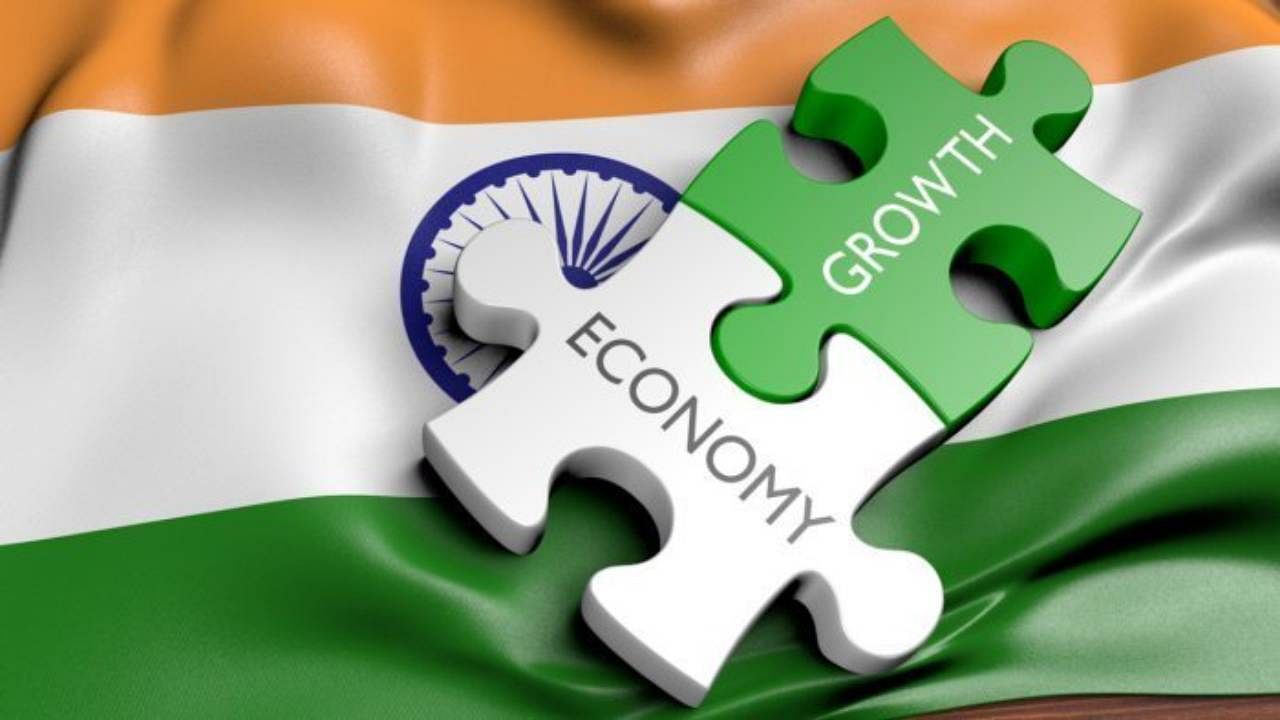
India’s economic growth is estimated to slow to 7 per cent in the financial year 2022-23 from 8.7 per cent recorded in the previous year, dragged by a sharp drop in manufacturing and mining sectors, as per the National Statistical Office (NSO) data released on Friday.
The real gross domestic product (GDP) at constant (2011-12) prices is estimated to reach Rs 157.60 lakh crore in the financial year 2022-23, according to the first advance estimates of GDP. The provisional estimate of GDP for the year 2021-22 stood at Rs 147.36 lakh crore.
The growth in real GDP during 2022-23 is estimated at 7.0 per cent as compared to 8.7 per cent in 2021-22, according to data released by the NSO, Ministry of Statistics and Programme Implementation.
The NSO growth projection for the current fiscal is better than the Reserve Bank of India’s projection. Last month, the RBI cut India’s real GDP growth forecast to 6.8 per cent from its earlier estimate of 7 per cent citing the tightening of global financial conditions and geopolitical tensions in Europe.
Nominal GDP or GDP at Current Prices in the year 2022-23 is estimated at Rs 273.08 lakh crore, as against the provisional estimate of GDP for the year 2021-22 of Rs 236.65 lakh crore, released on 31st May 2022. The growth in nominal GDP during 2022-23 is estimated at 15.4 per cent as compared to 19.5 per cent in 2021-22, the NSO said.
Private final consumption expenditure, a measure of demand, is estimated to grow by 7.7 per cent in the financial year ending March 2023 as compared to 7.9 per cent in 2021-22.
Gross fixed capital formation, a measure of investment, is estimated to grow by 11.5 per cent in 2022-23 as compared to a growth of 15.8 per cent recorded in the previous year.
The manufacturing sector is set to be the biggest drag. The manufacturing output growth is estimated to slump to 1.6 per cent in the current financial year from 9.9 per cent recorded in 2021-22. The growth of the mining & quarrying sector is estimated to slow to 2.4 per cent in the current financial year as against 11.5 per cent recorded in the previous year.
However, agriculture sector growth is projected to accelerate to 3.5 per cent in 2022-23 from 3 per cent in the previous year.
Services sector growth is also estimated to accelerate. Financial, real estate and professional services are estimated to post a growth of 6.4 per cent in fiscal 2022-23 as compared to 4.2 per cent recorded in 2021-22. Trade, hotels, transport, communications & services related to broadcasting are estimated to grow at 13.7 per cent in 2022-23, substantially higher than the 11 per cent growth recorded in the previous year.
Reacting to the NSO data, Aditi Nayar, Chief Economist, ICRA Ltd, said the GDP estimate of 7 per cent for 2022-23 factors in 4.5 per cent growth for the second half of the fiscal.
“We believe that buoyant albeit mixed domestic consumption should help to stave off some of the pain arising from weak exports during this period. Contrary to our expectations, the NSO expects private final consumption expenditure to contract by 0.2 per cent YoY in H2 FY2023. Further, it expects exports to rise by 11.9 per cent in H2 FY2023, which we believe is unlikely, given the flagging external demand,” said Nayar.
The NSO’s growth projection for agriculture for H2 FY2023, at 2.7 per cent, is slightly lower than our forecast for the same period. Given the brisk sowing (YoY growth of 4.5 per cent up to December 30, 2022), improved fertiliser availability and healthy reservoir levels, we expect rabi sowing in FY2023 to exceed year-ago levels by 1.0-2.0 per cent, which would contribute to agricultural GVA growth of 3-4 per cent in H2 FY2023, while entailing a base-effect led easing in Q4, she added.